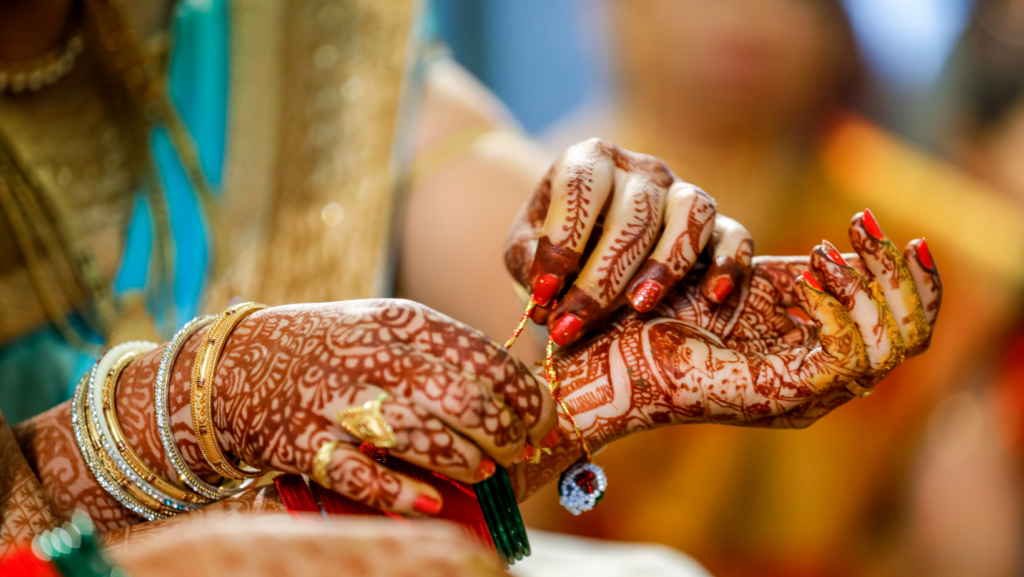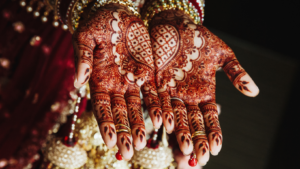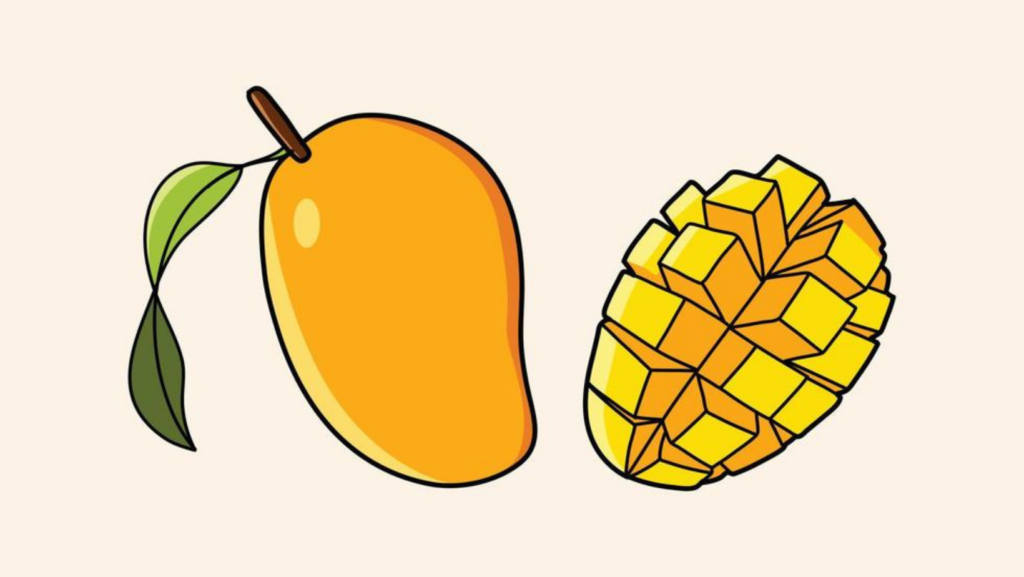
In the vibrant world of weddings, there’s nothing quite like the intricate beauty of bridal mehandi designs. These timeless art pieces, steeped in tradition and cultural significance, have a unique charm that’s captivating. They’re not just adornments, but a symbolic representation of love, prosperity, and the promising journey that awaits the bride.
From delicate floral patterns to elaborate geometric designs, bridal mehandi artistry is a realm of endless creativity. Each stroke tells a story, each motif carries a message. And it’s not just about aesthetics; it’s about the sentiments, the emotions, and the rich cultural heritage it embodies.
So, let’s delve into the fascinating world of bridal mehandi designs, exploring their enchanting allure and understanding their profound significance. This journey promises to be as beautiful as the designs themselves, offering an intriguing glimpse into a tradition that’s as old as time.
Bridal:emuol3t_yoq= Mehandi Design

The bridal mehndi designs have undergone remarkable transformations over centuries, adapting the impressions of numerous cultures worldwide. This evolution not only altered the visual aesthetics of the designs, but also enriched their symbolic expressions.
Tracing their roots back to Ancient Egypt, mehndi designs have always been a crucial part of bridal customs. Prominent civilizations, such as Persia and India, have incorporated these designs into their wedding traditions. Intricate patterns drawn with henna symbolized health, prosperity, and spiritual awakenings. In ancient Indian cultures, for example, the redness of the mehndi was associated with the love between the couple and the bond with their families.
Global Influences
As cultural exchanges increased with globalization, bridal mehndi designs acquired a plethora of exotic traits. Western ideology introduced the simplicity of minimalism, while Arab and African patterns lent geometric complexity to the designs. Moreover, contemporary themes began to blend traditional motifs with modern aesthetics, introducing elements like romantic quotes, names of the couple, and more. These global influences not only shaped the current trends but also diversified the medium’s artistic vocabulary, offering countless possibilities for unique and beautiful expressions of love and commitment.
Key Styles in Bridal Mehndi Design

Honoring heritage and expressing individuality, bridal mehndi designs can take on numerous styles, evolving with cultural shifts and personal preferences. Among these, three styles stand out: Traditional Indian designs, Arabic influences, and contemporary innovations.
Indian mehndi designs are distinguished by their intricate details and symbolism. Common patterns include peacocks, petals, and vines, each carrying unique cultural representations. For instance, peacocks signify beauty while petals embody purity. Also, depictions of the bride and groom, called “baraat designs,” are a cornerstone of the Indian style, emphasizing the joys of marriage and the ecstasy of celebrations.
Arabic Influences
Arabic mehndi designs exhibit geometric simplicity and bold, flowing lines, a stark contrast to Indian intricacy. Frequently, they feature leaves, vines, and flowers arranged in a radial pattern, creating captivating visual harmony. Unlike Indian designs, Arabic patterns don’t generally represent figures or faces following Islamic traditions. But they do maintain the festive essence characterizing bridal mehndi, symbolizing joy, beauty, and divine blessings.
Essential Tips for Choosing the Right Mehndi Design

When choosing the perfect bridal mehndi design, consider not just the artistry, but also the context. The design merges with the entire bridal ensemble to tell a story – it’s a crucial part of the tapestry that forms the wedding narrative.
The bride’s outfit plays a pivotal role during the mehndi design selection. A design that mirrors the embellishment on the outfit amplifies aesthetic harmony. For instance, a lehenga with elaborate zari work inspires intricate patterns in the mehndi design. Conversely, a minimalistic sari might call for simpler, sleek design features. Brides must think about the neckline, sleeves, and detailing on their dresses, as these elements can influence the space available for the mehndi.
Another consideration when choosing a mehndi design is the wedding theme itself. Whether it’s a conventional, contemporary, or a fusion-themed wedding, the mehndi design should complement it. For traditional weddings, designs featuring mandalas, peacocks, and bride-groom figurines remain popular.


